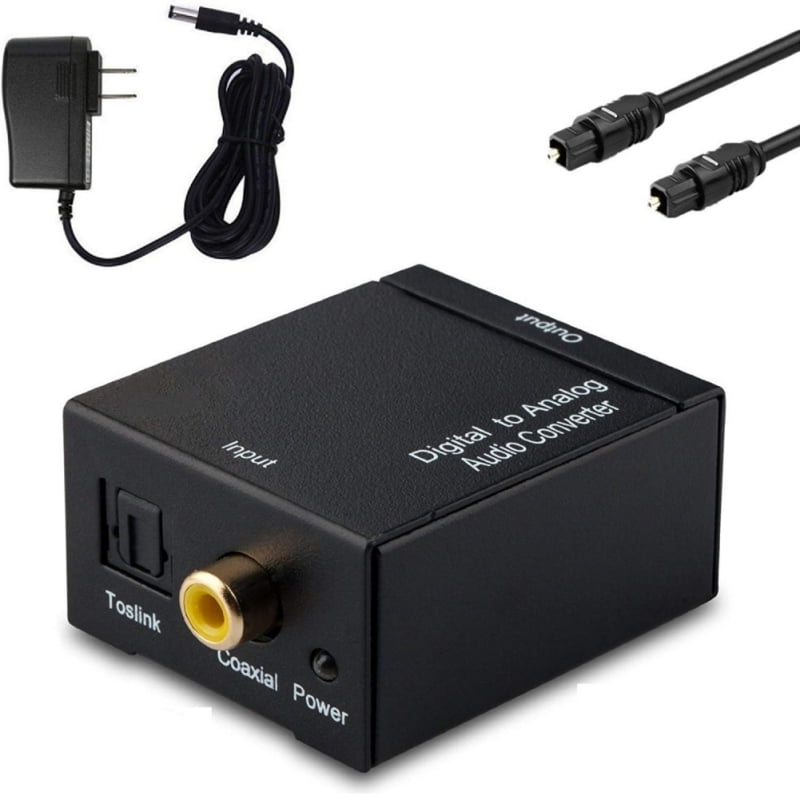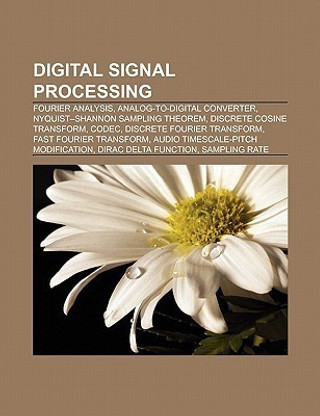

It will be connected directly to the +5V. Thus, voltage across R = 5V.The circuit is basically working as a current to voltage converter. Thus, a corresponding 16 outputs of analog will also be present for the binary inputs. We know that, a 4-bit converter will have 2 4 = 16 combinations of output. Thus, the number of binary inputs is four. The circuit diagram represents a 4-digit converter. The op-amp can also be connected in the non-inverting mode. In the circuit, the op-amp is connected in the inverting mode. Digital to Analog Converter using Binary-Weighted ResistorsĪ D/A converter using binary-weighted resistors is shown in the figure below. Therefore, we will begin with DAC circuitry and then move to ADC circuitry. It is much easier to convert a digital signal into an analog signal than it is to do the reverse. This feature helps to optimize the sampling process, as the circuit always needs to charge the capacitor, rather than charge/discharge based upon previously measured values.Together, they are often used in digital systems to provide complete interface with analog sensors and output devices for control systems such as those used in automotive engine controls: The charge holding capacitor C hold is instantaneously discharged after each sample via a discharge switch (not shown in Figure 2). This means that the SAH will go back to sampling mode. Upon termination, an end-of-conversion flag ( ) is asserted to 0 and consequently is opened and S is closed. Due to the high input impedance of the ADC, the voltage sample remains constant during conversion. Simultaneously switch is closed and the conversion process of the voltage sample stored across C hold is initiated. When the ADC is commanded to start conversion (GO = 1), S is opened and the input signal is disconnected from the hold capacitor. Therefore, the sampling switch S must be closed for at least 7.45 μs for reliable data acquisition. If other factors such as the amplifier settling time (T AMP = 5 μs) and the temperature coefficient (T COFF = 1.25 μs for an operating temperature of 50 ☌) are taken into account, then the acquisition time (T ACQ = T AMP + T C + T COFF) adds up to 7.45 μs. This “tracking time” T c has been computed to be 1.2 μs under the worst considerations. In order to track an input signal, the sampling switch S is closed and the RC circuit formed by (R ic + R SS) and C hold allows the holding capacitor to track the input signal within five time constants. The 5 pF capacitor (C in) in the figure models the input capacitance of the SAH whereas C hold is used to store or hold the input sample for conversion. audio signals) vary rapidly as a function of time, the need to track the input signal is performed via a Sample-and-Hold (SAH) circuit as depicted in Figure 2. The successive-approximation A/D converter, employed by the PIC18 family, is essentially a state machine requiring a number of clock cycles to complete the conversion procedure. This is because analog-to-digital conversion is not an instantaneous process.

In order to convert a voltage sample to digital code, the sample is not allowed to change value during conversion.


 0 kommentar(er)
0 kommentar(er)
